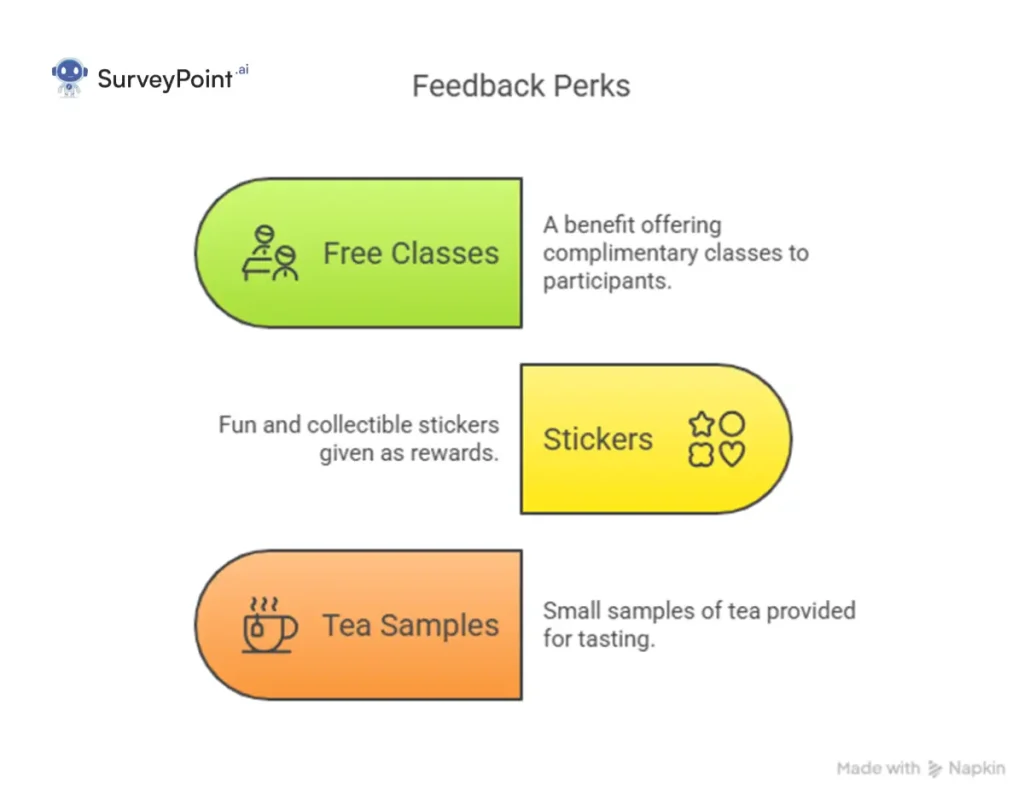Yoga teachers pour their hearts into crafting classes that inspire, stretch, and soothe. But how do you know if your students are truly connecting with your flow? Feedback is the golden key it helps you tweak your teaching, build community, and keep students coming back.
Getting honest, actionable input isn’t always easy. Students might feel shy, rushed, or unsure how to share. That’s where these seven genius tricks come in simple, creative ways to unlock a flood of insights from your yoga tribe.
Why Feedback Matters for Yoga Teachers
Feedback isn’t just nice to have it’s your roadmap to growth. It tells you what’s landing (that killer vinyasa sequence!) and what’s flopping (too much savasana chatter, maybe?). Without it, you’re guessing in the dark.
Students benefit, too. When they see you acting on their input, they feel heard and valued. That builds trust, loyalty, and a tighter-knit yoga community.
But here’s the catch: most people won’t speak up unless you make it easy and safe. These seven tricks solve that problem, blending creativity with practicality.
The 7 Genius Tricks to Boost Feedback
Create a Quick Post-Class Survey
A short survey is a feedback goldmine. Keep it to three questions max think “What did you love?” “What could be better?” and “Any suggestions?” Hand out printed cards or share a QR code at the end of class.
Make it anonymous to ease nerves. Students can drop cards in a box or scan the code later. You’ll get honest replies without the awkwardness.

Use a Feedback Jar
Set up a cute jar with slips of paper and pens near the exit. Add a sign like “Drop a note tell me your thoughts!” It’s low-pressure and playful, perfect for busy students.
Review the slips weekly. You might find gems like “More hip openers, please!” or “Loved the lavender scent today.” It’s a vibe check in real-time.
Pro tip: Decorate the jar with yoga vibes think mandalas or calming colors to draw attention.
Host a Casual Chat Session
Once a month, invite students to linger after class for tea and talk. Keep it chill sit in a circle, sip herbal blends, and ask, “What’s been working for you lately?”
This builds rapport and uncovers deeper insights. Someone might say, “I feel rushed in transitions,” sparking a tweak you’d never have guessed.
Leverage Digital Tools
Tech can streamline feedback like magic. Use Google Forms for free, customizable surveys email the link or post it in your class WhatsApp group. Tools like SurveyMonkey or Typeform add polish if you’re fancy.
Ask for star ratings plus a comment box. Digital feedback lets students reflect at home, often yielding more thoughtful responses.
Bonus: Track trends over time to spot what’s consistently hitting or missing the mark.
Offer a Feedback-for-Perk Incentive
People love a little nudge. Try this: “Share your thoughts for a chance to win a free class!” or “Drop a note, grab a sticker!” Small rewards make feedback feel fun.
Keep it fair random draws work best. One teacher I know raffled a lavender eye pillow, and her inbox overflowed with replies.

Read More
Best Way to Administering Feedback Surveys: Your Ultimate Guide
The Importance Of Feedback Surveys For Customer Satisfaction
Ask Specific, Open-Ended Questions
Vague asks like “How was class?” get vague answers like “Good.” Instead, try “What pose felt amazing today?” or “What could I tweak to help you unwind more?”
Specificity sparks detail. A student might say, “The pigeon pose was bliss, but the music felt too upbeat.” Now you’ve got something to work with.
Mix it up weekly to keep responses fresh and flowing.
Model Vulnerability First
Share a bit of your own reflection to break the ice. After class, say, “I wasn’t sure if that new sequence flowed thoughts?” or “I’m working on my cues—what do you think?”
When you open up, students feel safe to do the same. It’s human connection, not a critique session. You’ll be amazed at the honesty it unlocks.
People Also Ask: Your Burning Questions Answered
How Do I Encourage Shy Students to Give Feedback?
Shy students need anonymity and ease. Use a feedback jar or digital survey no names required. A quick “I’d love your quiet thoughts in the jar!” can coax them out.
What Are the Best Questions to Ask After Yoga Class?
Try these: “What moment stood out today?” “What challenged you?” “Anything you’d love more of?” They’re simple, specific, and spark real answers.
How Often Should I Ask for Feedback?
Once a month keeps it fresh without overwhelming students. For new classes or big changes, sneak in a quick check-in right after. Balance is key.
Can Negative Feedback Help My Yoga Classes?
Absolutely. A “too fast” comment might slow your pacing, boosting relaxation. Negative input isn’t failure it’s a chance to level up.
What Tools Make Collecting Feedback Easier?
Google Forms is free and simple. Typeform adds flair. For in-person, a feedback jar or printed cards work wonders. Pick what fits your style.
Final Thoughts: Turning Feedback Into Growth
Feedback isn’t just data it’s a conversation with your students. These seven tricks make it effortless, fun, and meaningful. Start small: a jar, a question, a chat. Watch how it transforms your classes.
Yoga’s about connection, right? Listening to your students deepens that bond. So, grab a pen, set up that survey, and let their voices guide your next flow.
What’s your favorite way to hear from students? Drop a thought below I’d love to know!

